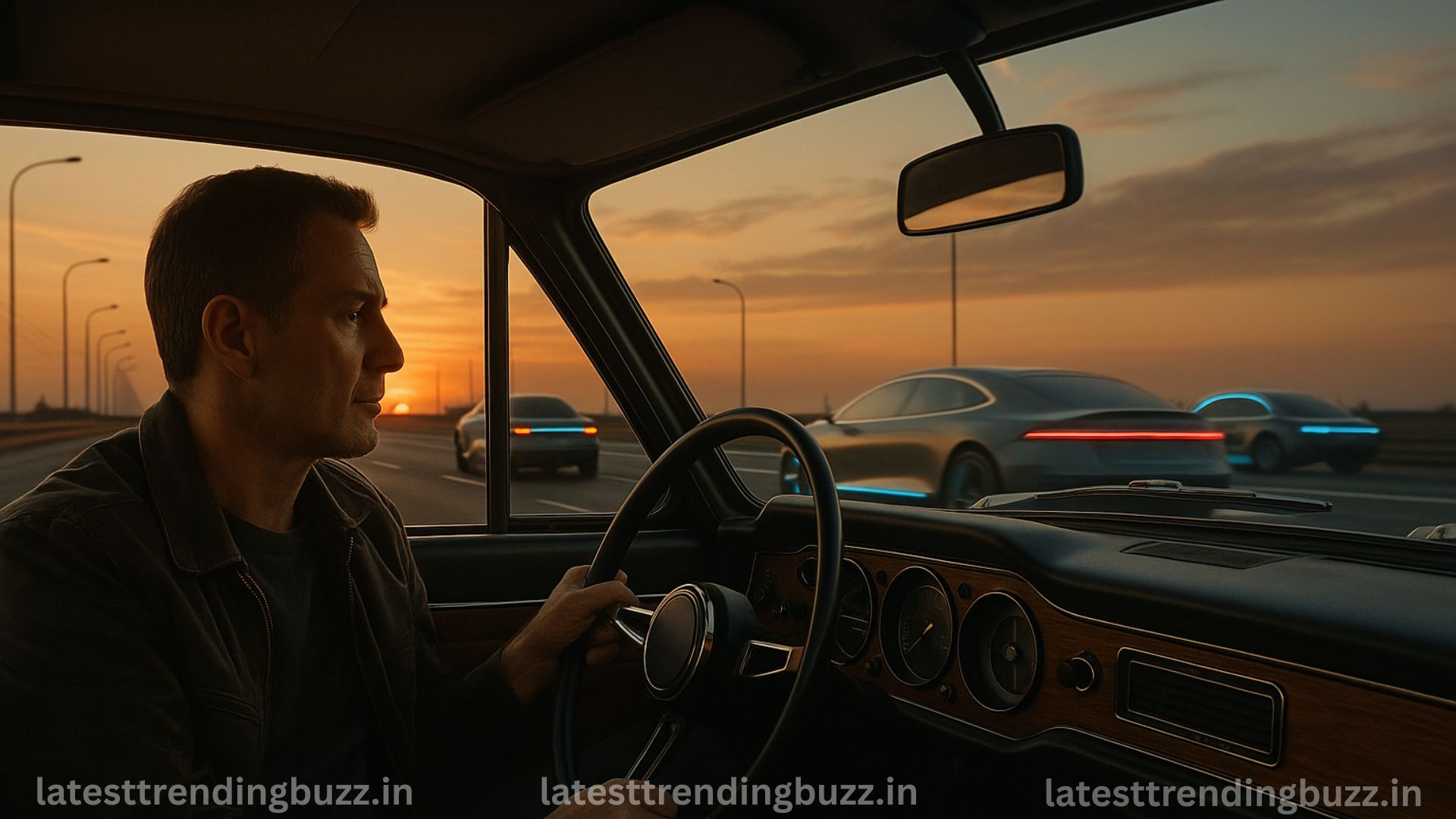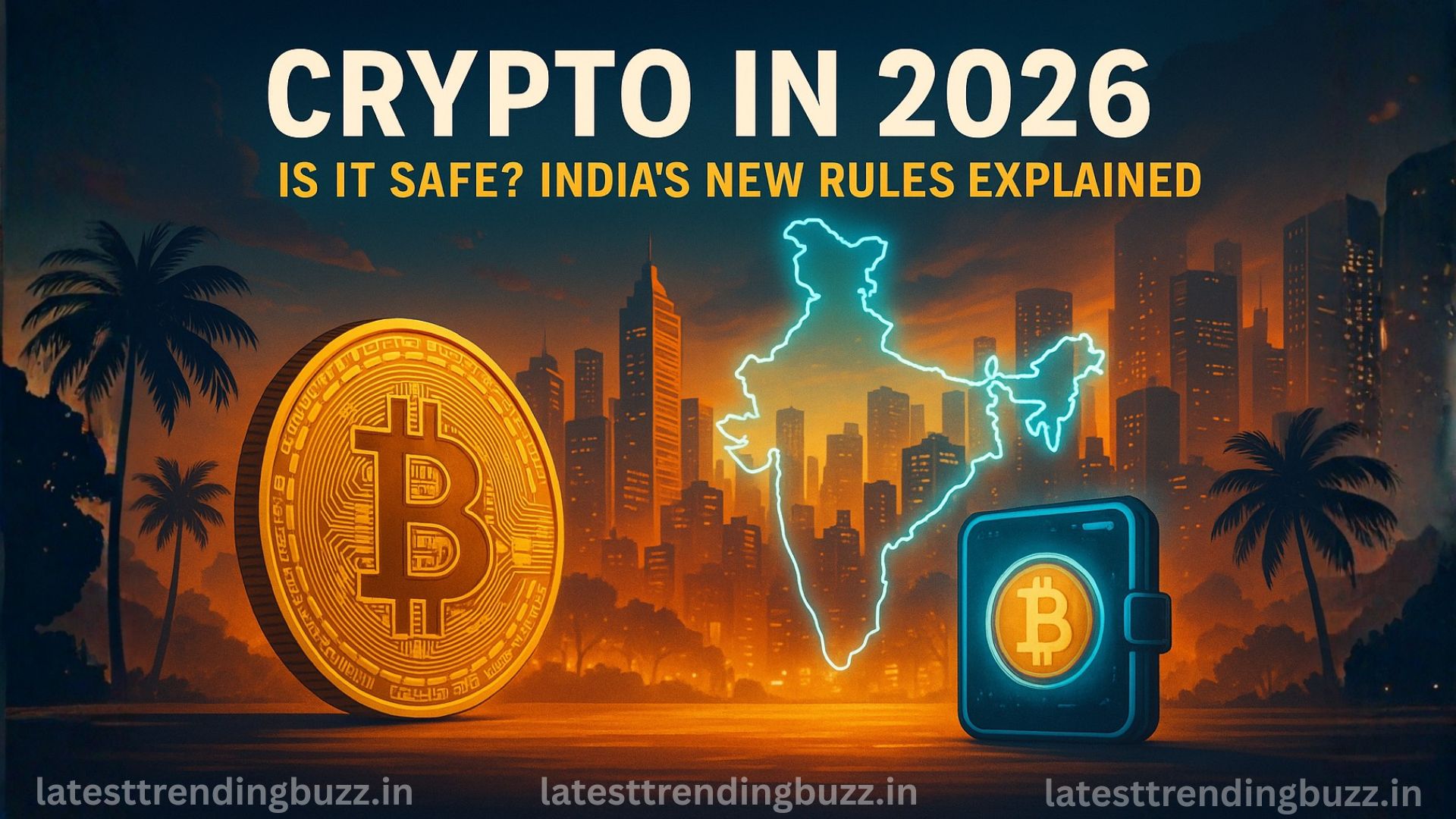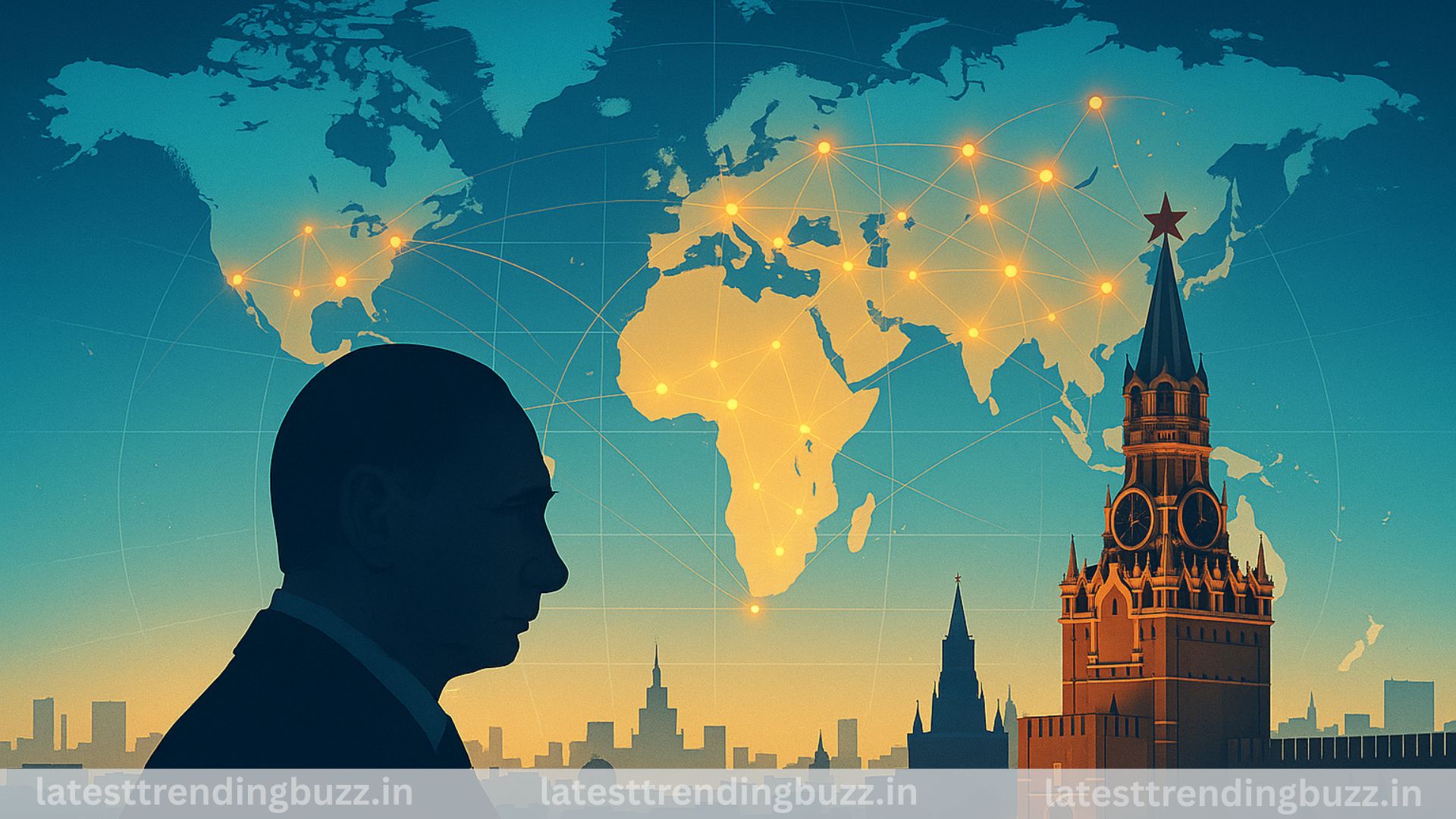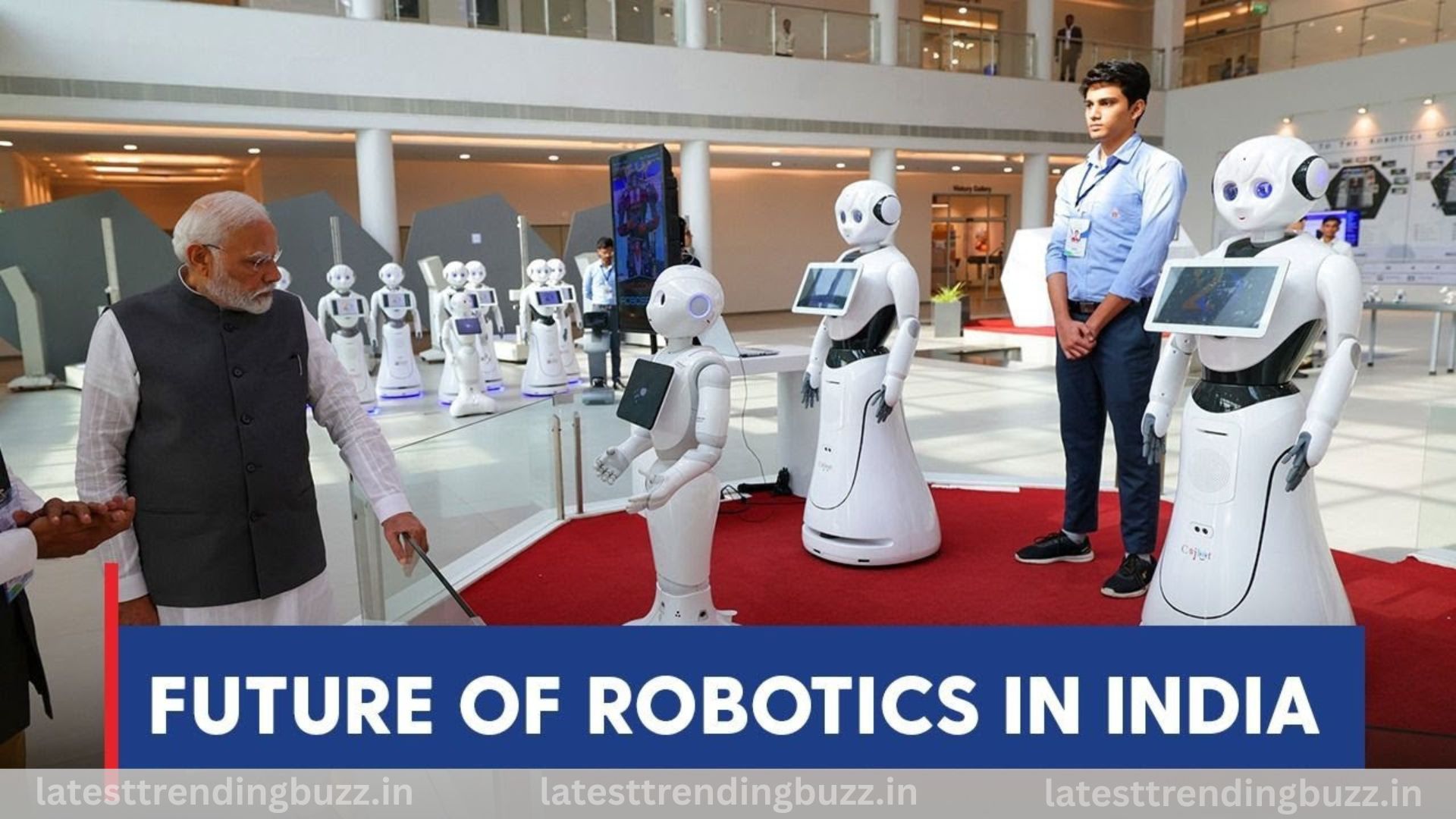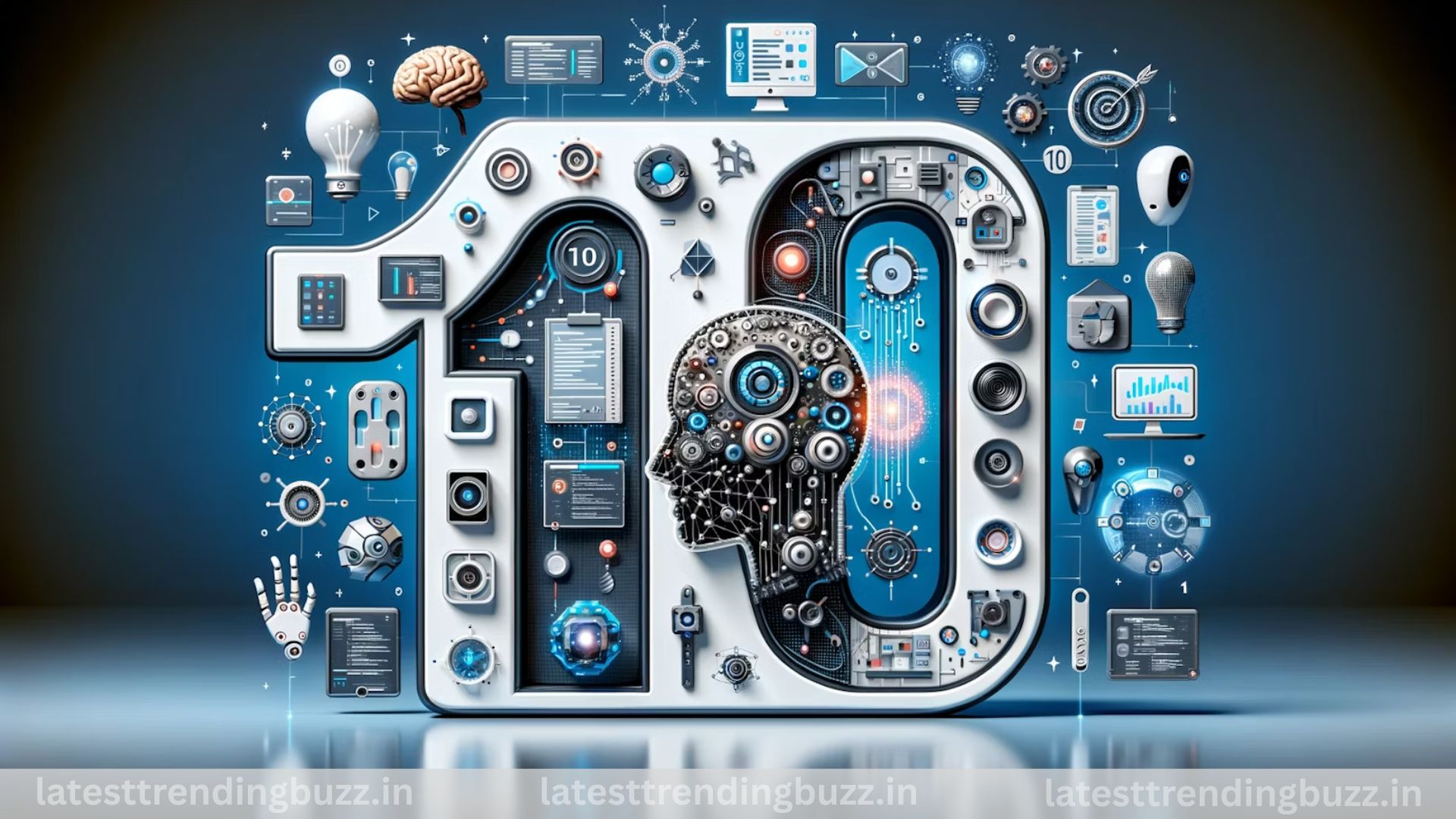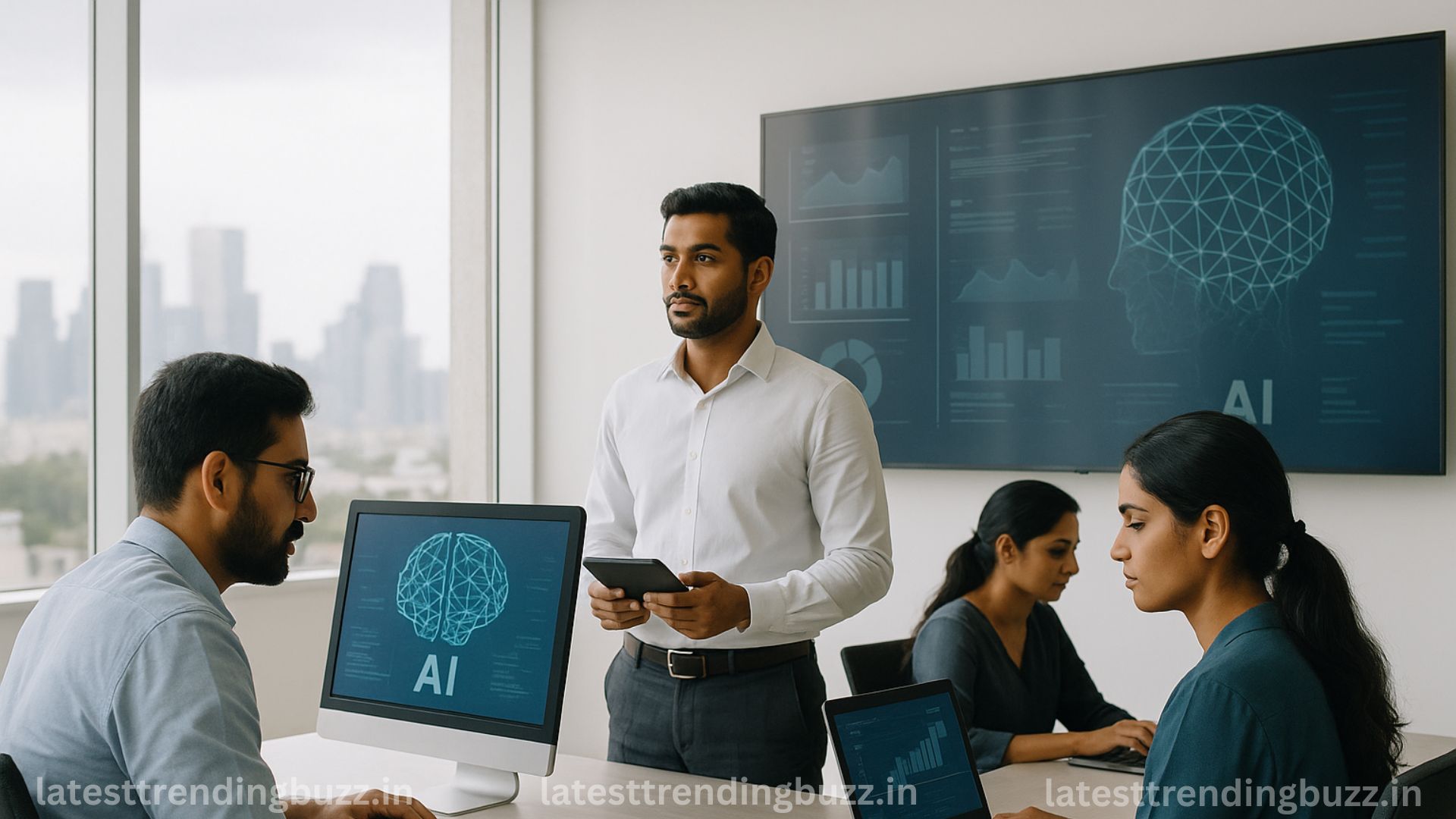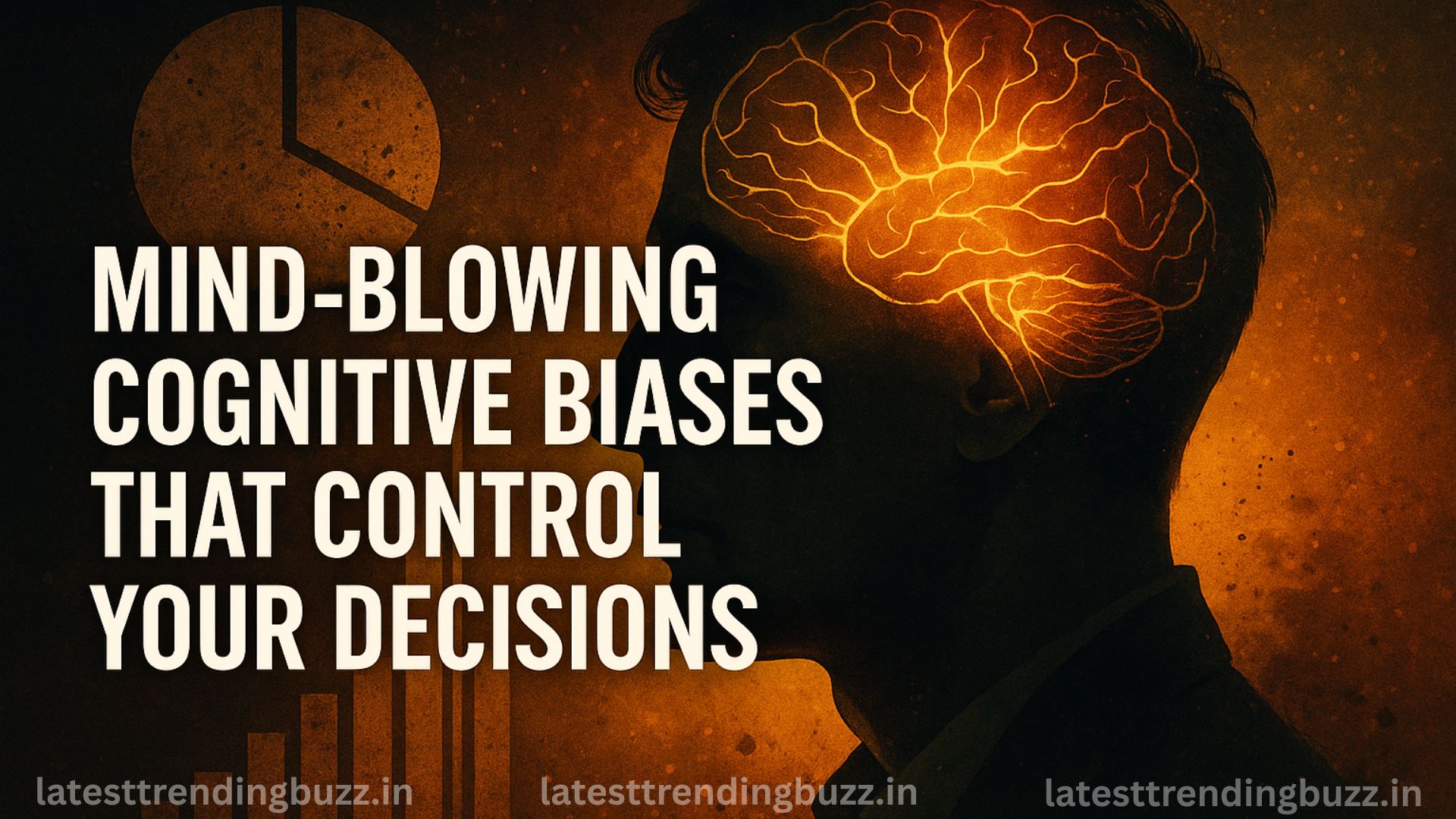Close your eyes and remember the first time you drove a car.
The hum of the engine, the grip of the steering wheel, the thrill of control.
Now imagine a future where no one drives — where vehicles glide through streets guided entirely by Artificial Intelligence. A world where human hands never touch the wheel again.
That’s the world we’re heading toward — and it raises one haunting question: Are we The Last Generation of Drivers?
From Driving to Being Driven
The rise of autonomous vehicles isn’t just a technological upgrade — it’s a cultural revolution.
In just a few decades, cars evolved from purely mechanical machines to software-powered computers on wheels. With Tesla, Waymo, and Hyundai’s Ioniq leading the charge, driving has become less about skill and more about sensors.
AI now reads the road better than humans, calculates faster than any reflex, and never gets tired, drunk, or distracted.
But while AI promises safety, it also steals something sacred — the emotional connection between human and machine. That’s why experts say we might truly be witnessing The Last Generation of Drivers.
The Emotional Language of Driving
Before autonomous cars, driving wasn’t just transportation — it was identity.
Cars symbolized freedom, rebellion, and adventure. From vintage muscle cars to family road trips, every generation defined itself through motion.
For The Last Generation of Drivers, those emotions are more than nostalgia — they’re a lifestyle. The smell of petrol, the sound of shifting gears, the subtle art of taking a curve — these sensations form a bond AI can’t replicate.
AI might be efficient, but it will never understand why humans drive — not just to go somewhere, but to feel something.
How Self-Driving Cars Work
To understand what’s replacing us, let’s look at how autonomous systems operate.
Self-driving cars rely on three main pillars:
- LiDAR and Radar Sensors — Map surroundings in 3D with millimeter precision.
- AI Algorithms — Process terabytes of real-time data for navigation.
- Machine Learning Models — Continuously improve with every trip.
These vehicles can identify obstacles, follow routes, predict human behavior, and even communicate with traffic signals.
They don’t get angry in traffic. They don’t make mistakes. They don’t feel joy either.
That’s the trade-off of progress — intelligence without emotion.
Also Read: How Flying Taxi Corridors Are Being Built in Dubai and Tokyo
The Future Without Drivers
By 2040, most major cities are expected to ban manual driving in high-traffic zones.
In places like Dubai, Singapore, and Tokyo, autonomous fleets are already replacing taxis. Tesla’s “Full Self-Driving” and Google’s Waymo are expanding globally.
India’s own experiments in Bengaluru and Hyderabad are testing limited driverless corridors.
Soon, human-driven vehicles might become recreational — like horseback riding. Once practical, now nostalgic.
That’s when The Last Generation of Drivers will realize — freedom has gone from the highway to history.
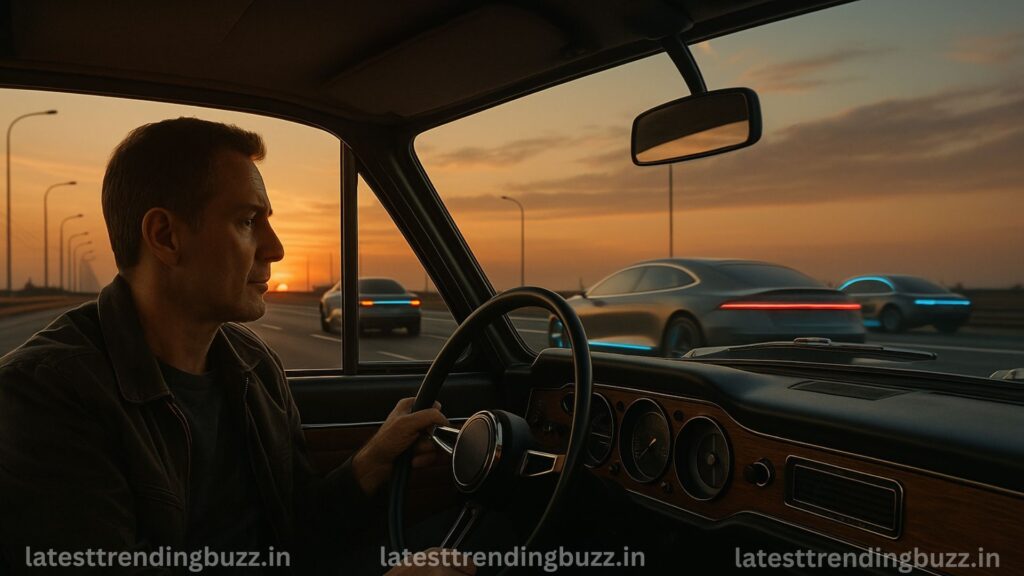
The Technology That’s Taking the Wheel
The foundation of this revolution lies in Artificial Intelligence and Internet of Things (IoT) networks.
Cars are no longer isolated machines. They’re nodes in a connected ecosystem that talks to traffic lights, GPS satellites, and even other vehicles.
In The Last Generation of Drivers, this tech era defines the final phase of human control — before vehicles gain full autonomy.
AI doesn’t just follow instructions; it predicts. It learns. It optimizes. It makes split-second decisions faster than any driver could.
But perfection comes at a cost — the loss of unpredictability, emotion, and individuality that once made driving an art.
The Psychology of Control
Humans love control — especially behind the wheel. Driving gives us agency, a sense of mastery over machines and motion.
But in a future where cars drive themselves, that sense of control disappears.
When AI drives, humans become passengers in their own creations.
For The Last Generation of Drivers, this loss will feel deeply personal — not because of fear, but because of emotional displacement. We didn’t just drive cars; cars helped us drive our lives.
The Cultural Shift
In the 20th century, getting a driving license was a rite of passage. In 2050, it might be an antique.
Kids growing up in smart cities will never learn manual shifting, parallel parking, or highway etiquette.
Driving schools will disappear. Petrol stations will be museums. And people will marvel at the audacity of a time when humans operated 1-ton machines at 120 km/h without AI supervision.
That’s how The Last Generation of Drivers becomes a legend — the final storytellers of motion.
Dubai and Tokyo: Testbeds for Autonomous Culture
Dubai and Tokyo are already designing infrastructure that eliminates the need for human driving altogether.
In Dubai, 25% of vehicles will be autonomous by 2030, with AI-controlled lanes and Flying Taxi Corridors under development.
Tokyo, on the other hand, is integrating self-driving shuttles into its public transit system — especially ahead of the 2035 Smart City initiative.
These cities represent the first stage of life after The Last Generation of Drivers, where automation and efficiency outweigh individuality.
Also Read: Old Yamaha RX 100 Latest 2025 : Price, Features, and the Youth’s Forever Favorite
The Ethics of AI on the Road
The rise of automation raises serious ethical questions:
- If an AI must choose between saving its passenger or a pedestrian, who decides the outcome?
- Should humans be held accountable for machine-made errors?
- What happens to millions of professional drivers who lose their livelihood?
These questions sit at the heart of The Last Generation of Drivers — a generation forced to watch humanity hand its steering wheel to algorithms.
The Resistance: Driving as a Sport
Even as automation takes over, a passionate minority will keep the tradition alive.
Motorsports, vintage rallies, and driver clubs will become sanctuaries for those who refuse to let go.
For The Last Generation of Drivers, racing tracks and scenic routes will become sacred spaces — where machines still answer to human instinct, not AI code.
Just as people still sail for pleasure despite modern navigation, driving will transform from a necessity into an art form.
India’s Role in the Transition
India’s massive automotive market ensures that manual driving won’t disappear overnight.
While companies like Tata Motors, Mahindra, and Ola Electric are testing autonomous prototypes, India’s complex roads make full automation challenging.
But urban centers — Mumbai, Delhi, Bengaluru — are already planning for semi-autonomous transport corridors.
By 2045, even in India, The Last Generation of Drivers may be the final link between nostalgia and innovation.
The Emotional Goodbye
The thought of a driverless world isn’t sad because machines win — it’s sad because stories end.
Road trips, midnight drives, teaching your child to steer for the first time — these memories define generations.
When AI takes over, those memories will fade like tire marks on wet asphalt.
For The Last Generation of Drivers, every journey becomes a farewell lap — a final ride before silence.
The Future of Freedom
But maybe there’s hope.
In a world dominated by algorithms, freedom will find new expressions. Humans will still explore, travel, and wander — not with hands on the wheel, but with minds unburdened by control.
The thrill might change shape, but it will never die.
After all, The Last Generation of Drivers isn’t about losing joy — it’s about redefining it
FAQs
Q1. What does The Last Generation of Drivers mean?
It refers to the current generation of humans who still drive manually before AI fully automates transportation.
Q2. When will AI completely replace human driving?
Experts predict widespread automation by 2040 in developed nations, later in developing ones.
Q3. Why do people love driving?
Because it gives a sense of control, freedom, and emotional connection to the road and machine.
Q4. Will driving become illegal one day?
Possibly in city centers. Manual driving may survive only in private zones or racetracks.
Q5. How will AI cars affect India?
Gradually. Expect hybrid systems and autonomous lanes before complete adoption.
Disclaimer
This article, The Last Generation of Drivers, explores speculative and emotional perspectives on AI-driven transport. It’s for educational and discussion purposes only — not a technological forecast.

